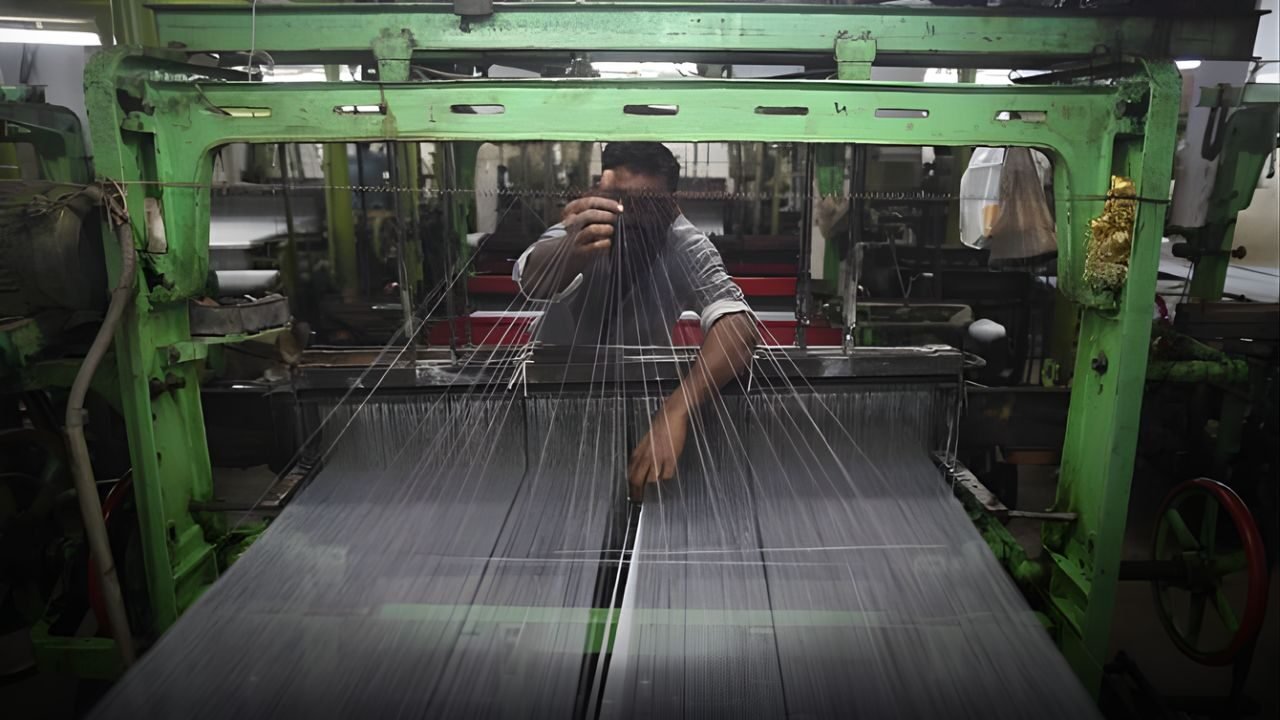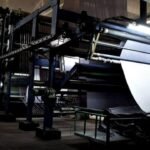By Moaaz Manzoor
The Pakistani government is taking steps to make sure its proposed Pakistan Textile Policy 2025–30 is carried out properly. Officials say a strong institutional setup under the Ministry of Commerce (MoC) will help coordinate, monitor, and evaluate the policy across the entire textile industry.
Reviving the Federal Textile Board under Pakistan Textile Policy 2025–30
The plan calls for reviving and reorganizing the Federal Textile Board (FTB) to oversee the policy’s progress. The FTB, led by the Federal Minister for Commerce, will submit reports every six months to the National Export Development Board (NEDB).
The NEDB, chaired by the Prime Minister, includes officials from federal ministries, provincial governments, and private sector representatives.
Inclusive Sectoral Councils to Strengthen Implementation
To make sure the process includes all voices, the Textile Wing of the Ministry of Commerce will work with three sector-specific councils set up under the previous 2020–25 policy.
These councils will examine industry issues, discuss solutions, and provide recommendations for better implementation.
Dedicated Resources and Secretariat for Effective Coordination
The government will also give these councils a dedicated secretariat, resources, and advisory support to align their work with national export targets. Additional councils could be added if new sub-sectors show high export potential.
Long-term Stability in Energy, Taxes, and Financing
Long-term stability in energy prices, taxes, exchange rates, and financing costs is another focus. The policy aims to help textile and apparel exporters manage risks and plan for the future with confidence.
Strengthening Coordination Between Ministries and Councils
The new institutional framework is designed to strengthen coordination between the Ministry of Commerce, the NEDB, and the sectoral councils. This will make sure policy execution stays on track and supports Pakistan’s national export and industrial goals.
Aiming for a Competitive and Sustainable Textile Industry
Finally, the Textile and Apparel Policy 2025–30 envisions a competitive and sustainable industry that produces high-value products, creates jobs, and boosts economic resilience. A coordinated mechanism under the Ministry of Commerce is considered essential for turning these long-term goals into reality.
Author Profile
-
Moaaz Manzoor is a business correspondent who meticulously tracks Pakistan’s crucial but neglected natural resource industries.
He specializes in exposing inefficiencies and charting the course of modernization, highlighting how efforts to mechanize mining have dramatically cut marble and granite wastage, driving a recovery and attracting vital investment.





